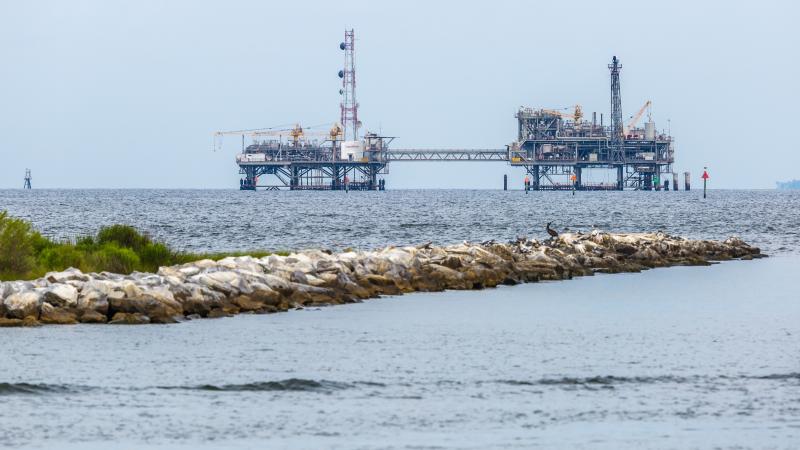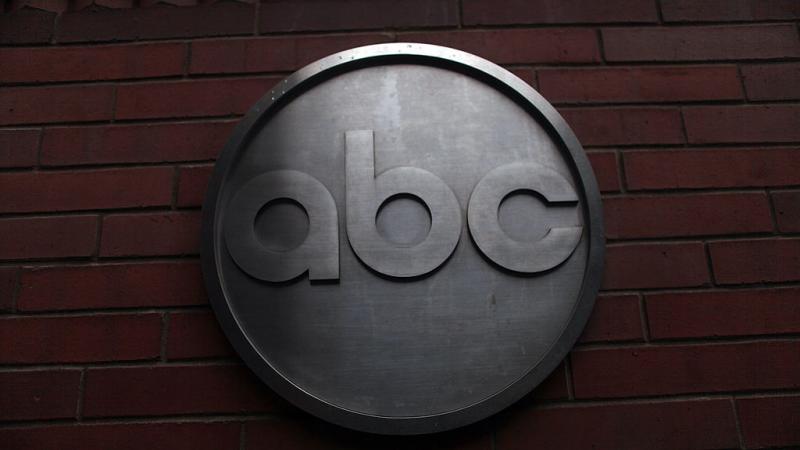Settlement in Nantucket blade failure lets wind power developer off the hook, critics want answers
The town of Nantucket settled with the maker of a blade that broke away from a wind turbine in the Vineyard Wind offshore wind project. It scattered debris across the island's beaches but the settlement releases the developer from further liability. Critics demand more accountability.
The town of Nantucket Friday reached a settlement agreement with the manufacturer of a blade that broke off a turbine in a wind farm off the coast of the island last summer, scattering debris across Nantucket’s beaches. The agreement provides the town with $10.5 million for the impact of the incident, but critics say it goes too far in absolving the wind farm's developer of any future accountability.
“It completely lets Vineyard Wind off the hook once again. So I do not understand for the life of me how we've gotten here,” Amy DiSibio, board member for Nantucket-based ACK for Whales, told Just the News.
Blade failures happen frequently, and the Biden-Harris administration rushed through approvals of wind projects without proper assessment of potential impacts, according to multiple lawsuits. The administration also granted temporary waivers of financial assurance, which cover the costs of decommissioning of projects, despite concerns about the long-term financial certainty of the companies developing the projects.
With more offshore wind projects being developed on the East Coast, opponents of offshore wind fear the lack of accountability on the part of developers leaves local communities on the coast vulnerable to harm from future accidents.
Debris continues to wash onshore
On July 13, 2024, a 300-foot-long, 70-ton blade broke off a large turbine in the Vineyard Wind project. Beaches were temporarily closed, impacting the island’s vital summer tourism season. An owner of a surfing school, the Nantucket Current reported, lost a week’s worth of revenue out of a ten-week season as a result of the debris. Debris from the blade was still washing up on the shores of Nantucket as recently as this March.
DiSibio said that Vineyard Wind didn’t notify anyone of the incident for two days. “I think they were hoping that all the debris would miss land somehow and just travel — I don't know — to England or something. But the debris all ended up on the beaches of Nantucket, and that was three days later. It’s a disgrace that they didn't forewarn people immediately,” DiSibio said.
Within a week of the incident, the island’s local government was considering legal action against Vineyard Wind, the Current reported at the time. The agreement signed Friday, holds GE Vernova responsible for the incident and releases developer Vineyard Wind from any responsibility.
GE Vernova blamed the failure on a “manufacturing deviation.” Following the blade failure, the company purportedly performed an analysis with 8,300 ultrasound images per blade and physical inspections with “crawler” drones, which revealed further defects in the blades GE Vernova produced.
The company estimated in October that the delays, blade replacements and cleanup would cost $700 million. Last October, Vineyard Wind and GE Vernova announced efforts to clean up some of the debris and remove the remaining blade from the seabed. Since this was the last announcement Vineyard Wind posted, it’s unclear how much of the blade was removed.
Good Neighbor Agreement
Local officials told the Current that Vineyard Wind has been lacking accountability in the aftermath of the blade failure. Nantucket is still a partner with Vineyard Wind through a “Good Neighbor Agreement” signed in August 2020. That agreement provides the town with funding in exchange for its support of the offshore wind project, as well as other guarantees that Vineyard Wind would coordinate with the local community in the project’s development.
Due to the developer’s alleged failure to meet those obligations, one local association pulled out of the agreement and some residents are calling for the Nantucket Select Board to do the same.
Just the News reached out to Vineyard Wind for comment on the agreement and the accusations that it failed to honor its obligations under the “Good Neighbor Agreement,” but received no response.
DiSibio said proponents of the agreement had argued that dealing directly with the developer would give the town a seat at the table, but that hasn’t happened.
“The problem is, we're not even in the building. They're not talking to us,” she said.
Ongoing risk of failures
The agreement signed Friday establishes a “Community Claims Fund,” which will compensate local businesses for economic losses stemming from the incident. Of the $10.5 million from the settlement, approximately $8.7 million will go to Nantucket and local businesses.
Attorney Greg Werkheiser of Cultural Heritage Partners, the town's special counsel for offshore wind matters, told the Current that Vineyard Wind wouldn’t have signed onto the agreement. The developer is shielded from liability by GE Veranova, meaning any lawsuit against Vineyard Wind would lead back to GE Vernova. If Vineyard Wind were to be vulnerable to further legal actions, GE Veranova wouldn’t have any reason to agree to a settlement. The agreement was, according to local officials and the town’s attorneys, the best Nantucket could hope for.
DiSibio said that there is nothing in the Vineyard Wind Construction and Operations plan about how to handle a blade failure, and there’s no plan today how to respond to future incidents.
Blade failures are statistically likely
Based on insurance data, about 0.54% of blades fail each year in wind farms across the world, which includes onshore and offshore projects. Currently, there are three offshore wind projects under construction in the U.S. — Vineyard Wind 1, Revolution Wind near Rhode Island, and Coastal Virginia Offshore Wind near Virginia Beach. Including Vineyard Wind 2 and Empire Wind, which the Trump administration recently greenlighted, all these projects combined will spin nearly 1,300 blades. Based on the 0.54% global average, that means up to 7 blades per year could fail.
While such a simple model may not be an accurate predictor of how many blade failures might occur at U.S. offshore wind farms, more precise data is hard to come by. Scotland Against Spin, which advocates for the reform of wind energy policies, and has a seat at the regulator's table, has compiled a database of wind turbine accident data.
Blade failures, according to the group, are the second most common accident in the wind-power industry. Based on official announcements and press reports, Scotland Against Spin has documented 558 incidents globally since about 2005. Since not all incidents are publicly announced or reported in the media, there are likely more blade failures than are documented in the database.
Treating offshore wind like oil
Elmer Peter Danenberger, a petroleum engineer who worked in the Interior Department's offshore oil and gas program for 38 years, suggested on his “Bud’s Offshore Energy” website that a trust fund for the offshore wind industry should be set up like the one to handle oil spills from offshore drilling projects.
The Oil Spill Liability Trust Fund, which is supported by taxes from the petroleum industry, contains $1 billion for various programs to pay for cleanup and cover damages as a result of oil spills. A similar fund could handle blade failures, Danenberger wrote.
Danenberger explained that the outer continental shelf program for oil and gas operations places responsibility for impacts on the operator, and he argues that this should apply to offshore wind companies as well. In his view, while Vineyard Wind could seek compensation from GE Veranova, Vineyard Wind is the operator and should be the accountable party.
The settlement signed by Nantucket on Friday effectively brings all liability for that blade failure to a close. Support for offshore wind on Nantucket has fallen since the incident, and perhaps that will provide enough pressure for Vineyard Wind to ensure no more blades break on the project, or perhaps to be more transparent to the community in which it operates.
The Facts Inside Our Reporter's Notebook
Documents
Links
- ACK for Whales
- Blade failures happen frequently
- according to multiple lawsuits
- granted temporary waivers of financial assurance
- more offshore wind projects being developed
- 300-foot-long, 70-ton blade broke off a large turbine
- Vineyard Wind
- Nantucket Current reported
- recently as this March
- Current reported at the time
- GE Vernova
- cost it $700 million
- announced efforts
- Good Neighbor Agreement
- some residents are calling
- approximately $8.7 million
- Cultural Heritage Partners
- Based on insurance data
- Revolution Wind
- Coastal Virginia Offshore Wind
- which the Trump administration recently greenlighted
- Scotland Against Spin
- seat at the regulator's table
- has documented 558 incidents globally
- Elmer Peter Danenberger
- Budâs Offshore Energy
- Oil Spill Liability Trust Fund













